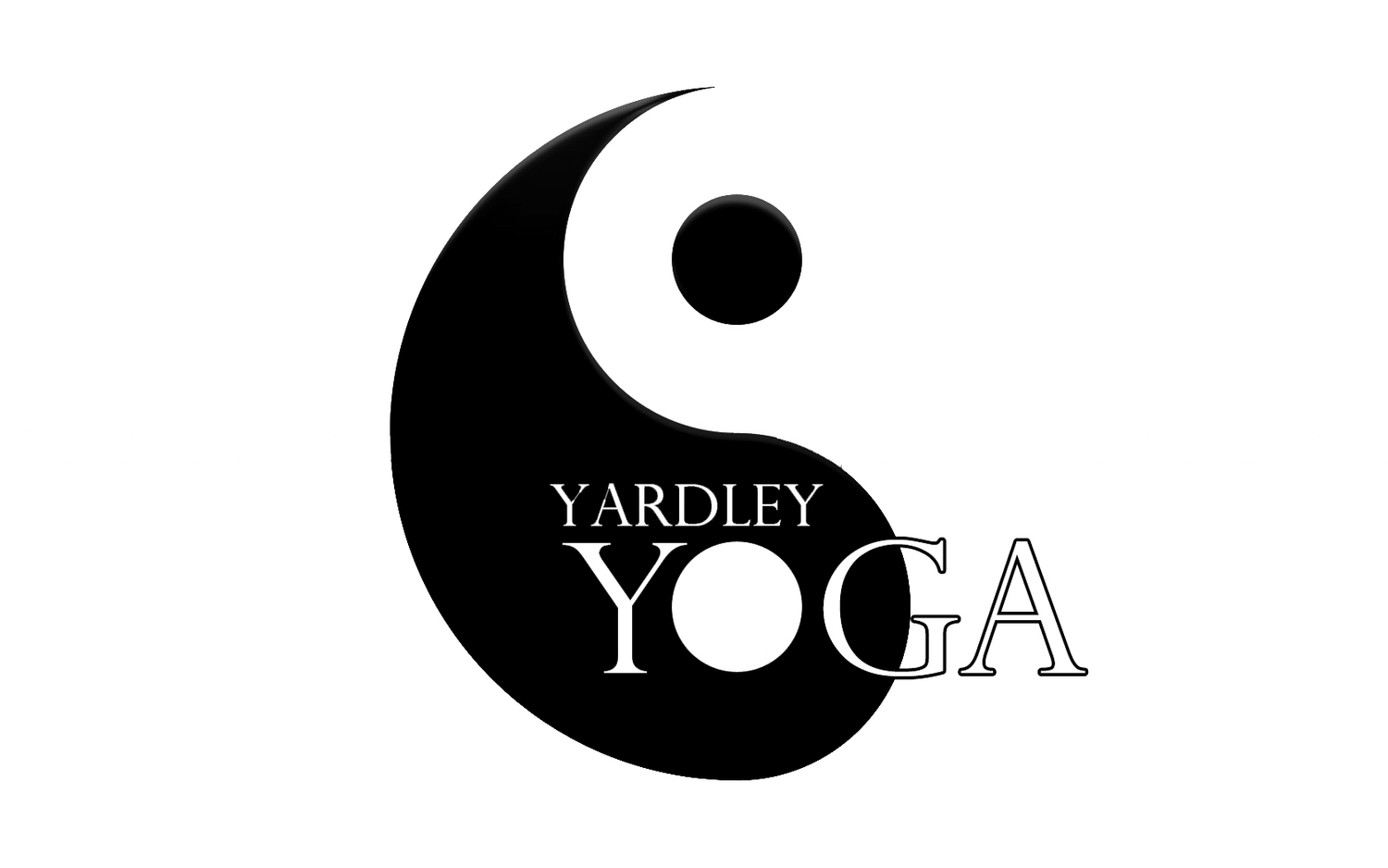Yoga for Hangovers
We've all been there; next time you overindulge, try these yoga poses to help reboot your body
Lauren Imparato | Feb 02, 2016
Topics:
209
SHARES
Let's face it: Hangovers suck. But as I later learned on Wall Street, there are those nights when you know you are going into a full pour, whether you really want to or not. Client dinners, group holiday parties, celebratory cocktails, the list goes on and on. Yes, of course you can decline when offered, but we all know that saying no to a drink can occasionally come with a price tag in business, fair or not. And, besides, a few drinks can make the unbearable work affair bearable.
And then there is your social life. A night out with friends, talking and laughing over cocktails is fun. But sometimes you forget to pace yourself, and that's a sure ticket to Hangover-land. Life is life, and we should live it to the fullest, even if it means getting slightly overpoured from time to time. (Next time you go out, eat one of these Pre-Party Meals to Avoid a Hangover beforehand.)
The first time I went to yoga hung over from a never-ending client dinner the night before, the teacher hovered over me for what felt like the whole class, pontificating on the evils of alcohol, coffee, meat, cheese, capitalism, and leather, for that matter.Seriously-shut-up-now-please-my-head-is-pounding, I thought, as I attempted a Tree pose, wavering in the alcoholic winds of my breath.
But as I developed my personal yoga practice and continued my studies, I soon learned that yoga can actually help hangovers, as it is one of the few physical activities that penetrates the deeper layers of the body—namely, the organs. The key to yoga as a hangover helper is to practice specific poses that target and heal the places that alcohol has attached. (Furthermore, not all ancient yoga traditions ban alcohol, so there is no need to involve guilt of any kind.)
The vast majority of my students have come to me with a hangover at least once. I have treated hundreds of them with my Retox methods. Now, even if a student tries to hide their hangover, I see it. The glossy eyes, the disheveled hair, the faint scent of vodka sweating out their pores, the backward stretchy pants... I keep the student after class, not for a talking to, but for some simple tips that will offer relief. (Try The One-Day Cleanse Hangover Cure.)
I have put together a combination of poses to eradicate toxins, oxygenate the bloodstream, and wring out the liver, the organ responsible for processing all the booze.
Excerpted from RETOX: Yoga*Food*Attitude Healthy Solutions for Real Life by Lauren Imparato. Reprinted by arrangement with Berkley, an imprint of Penguin Random House LLC. © Lauren Imparato, 2016.
Total Time: up to 15 minutes
You will need: Chair, Mat
1. Twisting Cleansing Breath
A
B
Sit in your seat and place your fingertips on your hips, or on your shoulders. Inhale to a comfortable level. Begin short, sharp breaths our of the nose, where the inhale is simply a reaction to the exhale, as the diaphragm pumps on the abdominal wall. It should flel somewhere between sneezing and b'owing your nose.
B.
As you pump, on each exhale, twist left and right. Continue pumping the exhales and rotating from side to side for thirty to sixty seconds. End in the center. Relax your arms and breathe normally.
Sets:
1
Reps:
1
2. Fists Into Abdomen Forward Fold
A
Make your hands into fists and bring them to your abdomen, below your rib cage, knuckles touching. Inhale fully, then exhale and press your fists into your abdomen. Inhale again, and on your next exhale, fold forward, keeping your fists pressing in and now up into your abdomen.
Sets:
1
Reps:
1
3. Kidney Relief Backbend
A
Place your hands by your sides or on the chair behind you. Inhale, lift your chest. Exhale, find a backbend in your middle and lower back. Breathe into your kidneys and optionally drop your head back. Hold three to ten breathes.
Sets:
1
Reps:
1
4. Sun Salute A
A
Start standing with your feet together and your hands touching at your chest. Inhale, reach your arms overhead. Exhale, fold forward, and bring your forehead to your shins. Inhale, extend your spine, look forward. Exhale, Chaturanga or Plank pose. Inhale, Up Dog. Exhale, Down Dog. Close your eyes and hold here five breaths. Then inhale and step or jump your feet between your hands. Exhale, fold forward. Inhale, reach your arms up, look up. Exhale, hands to your heart.
Sets:
1
Reps:
5-10
5. Twisted Chair
A
Stand with your feet together. Inhale, bend your knees into Chair pose and lift your arms up. Exhale, twist to the right, bringing your left elbow outside your right knee, palms touching and thumbs to sternum. Look up and hold five to 10 breaths, then repeat on the other side.
Sets:
1
Reps:
5-10 on each side
6. Reverse Backbend Lunge Twist
A
Start in a high lunge, right leg forward. Inhale, and lift your left arm up and back. Exhale, place your right hand on your back thigh. Twist and bend back, looking at the palm of the hand or down at the floor. Breathe five to 10 breaths, then repeat on the other side.
Sets:
1
Reps:
5-10 on each side
7. Handstand at Wall
A
Place your hands on the floor, a palm's length from the wall. Lift one leg into the air. Jump up onto your hands until your heels reach the wall. Rest your body on the wall, press into your hands, look down, and breathe. Hold for as long as you can to boost your circulation.
Sets:
1
Reps:
1
